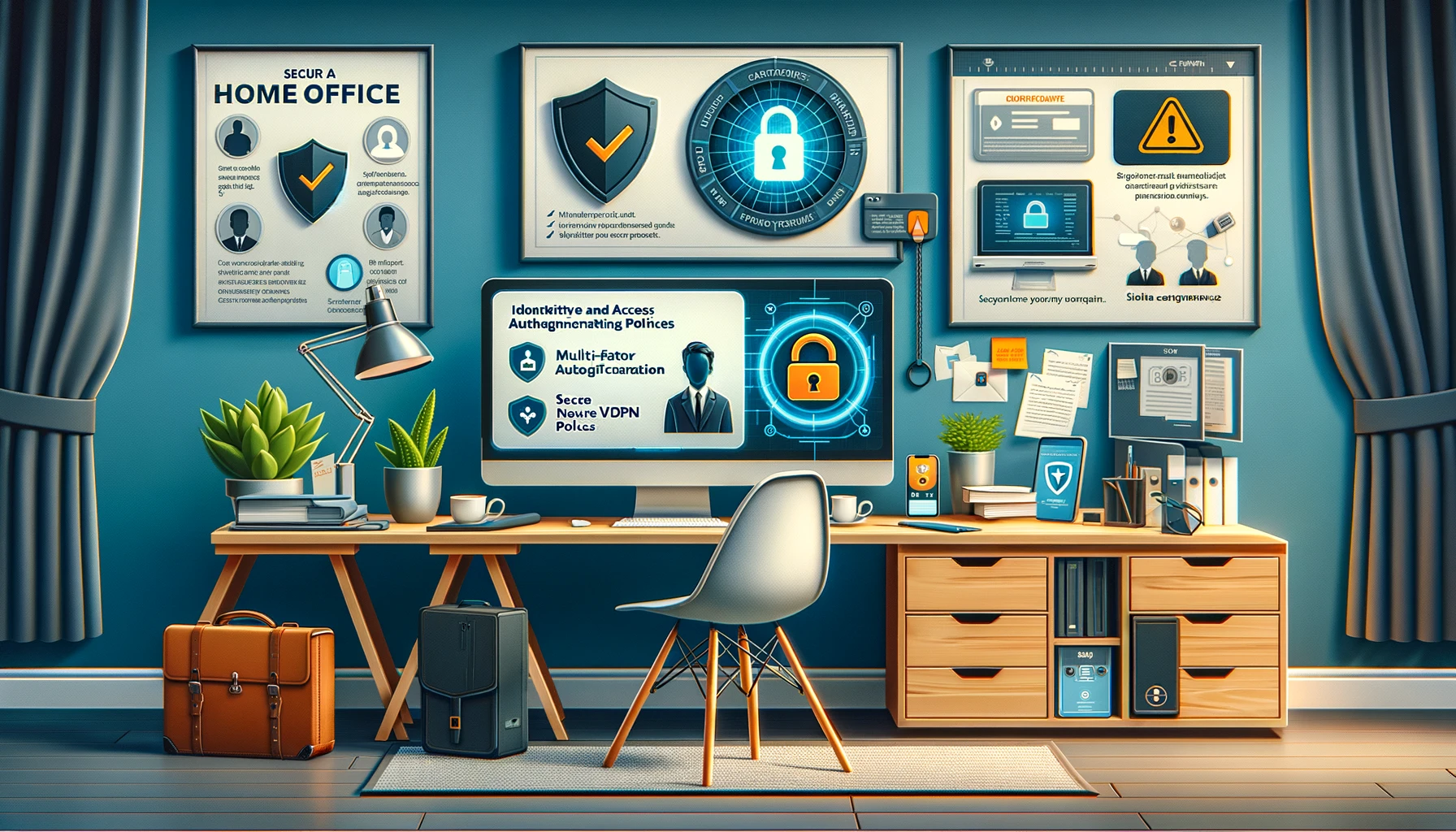
- February 6, 2024
- Ahmad Al-Altaher
- 0
In today’s ever-evolving professional world, remote work has become the norm rather than the exception. But with this shift towards a more digital workspace, we must pay extra attention to how we manage and protect access to our work. As cyber threats become increasingly sophisticated, it’s vital for both companies and their remote teams to adopt effective strategies to safeguard sensitive information and their reputation. Here are five practical tips to help you work remotely with peace of mind.
Tip #1: Assessing Risks and Needs
The journey to secure remote working begins with a thorough assessment of your company’s security risks and needs. It’s important to identify the sensitive information that remote employees need to access and understand the potential risks involved. Consider the different types of users within your organization and develop access policies based on the least privilege principle. This means that employees have access only to the information necessary for their roles, reducing the risk of data compromise.
Tip #2: Embracing Strong Authentication
In the world of remote work, the importance of strong or multi-factor authentication (MFA) can’t be overstated. Go beyond traditional passwords and incorporate a second layer of security, such as fingerprint scanning or a notification sent to a mobile device. This extra step is a game-changer in preventing unauthorized access, especially if user credentials are compromised.
Tip #3: The VPN Lifeline
Remote employees often connect to company resources over various networks, which aren’t always secure. Here’s where Virtual Private Networks (VPNs) become invaluable. By creating an encrypted connection between an employee’s device and company resources, a VPN ensures that sensitive data remains confidential. It’s essential to implement strict guidelines for VPN use to make sure all access is both secure and monitored.
Tip #4: Strong Identity and Access Management (IAM)
In remote work setups, managing who has access to what is crucial. Implementing a solid IAM system helps centrally manage access rights and employee authentication. This system should be able to automate granting and revoking access based on an individual’s role and responsibilities in the company. It’s also critical to quickly deactivate the accounts of employees who leave the company to prevent any unauthorized access in the future.
Tip #5: Cultivating Security Awareness and Continuous Learning
Creating a culture of security awareness is just as important as any technical measure. Regularly educate your team about the best security practices, the risks they might face, and what to do in case of a security breach. Encourage them to be extra cautious with emails to avoid falling victim to phishing scams. Make sure they have the necessary resources to report suspicious activities. Additionally, remind them of the importance of physical security, especially if they work in public spaces like cafes or coworking areas. Simple actions like locking their screen when stepping away can make a big difference.
In conclusion, securing your remote work environment requires a proactive and comprehensive approach to managing access and educating your team. By following these five essential steps, companies and their remote employees can significantly enhance their security, safeguard their data, and ensure smooth and secure operations in the remote work era.

